Veles’s cackle skidded down the valley and bounced off of the mountain peaks. Perun clenched his hand around the flaming bolt and narrowed his eyes. Clouds, like a flock of sooty sheep, herded in the skies and grazed the tops of the trees. A movement, a dash of the familiar horned head, caught the corner of Perun’s eye. He roared in anger, the heavens shook with the blast of his rage, and he flung the burning bolt across the village. It hit one the stony houses sending its bedraggled inhabitants into a frantic flight across the fields.
Perun waved a hand and the rain gushed from the clouds and subdued the flames. He then focused his gaze again.
‘You missed, brother dearest!’ came Veles’s laughter from a forest on the western brink of the village.
Perun flung another bolt. The laughter came again, louder, bolder, spilling like sour milk from the eastern pasture, and Perun saw nothing but angry flames.
The villagers spent the night in fear, huddled before their hearths, showered by fire and rain. They hadn’t noticed when precisely the storm subsided, but they awoke to birdsong and clear skies.
‘Thank Perun!’ and ‘Praise Perun!’ they exclaimed as they went out into the fields to pluck the budding irises.
…
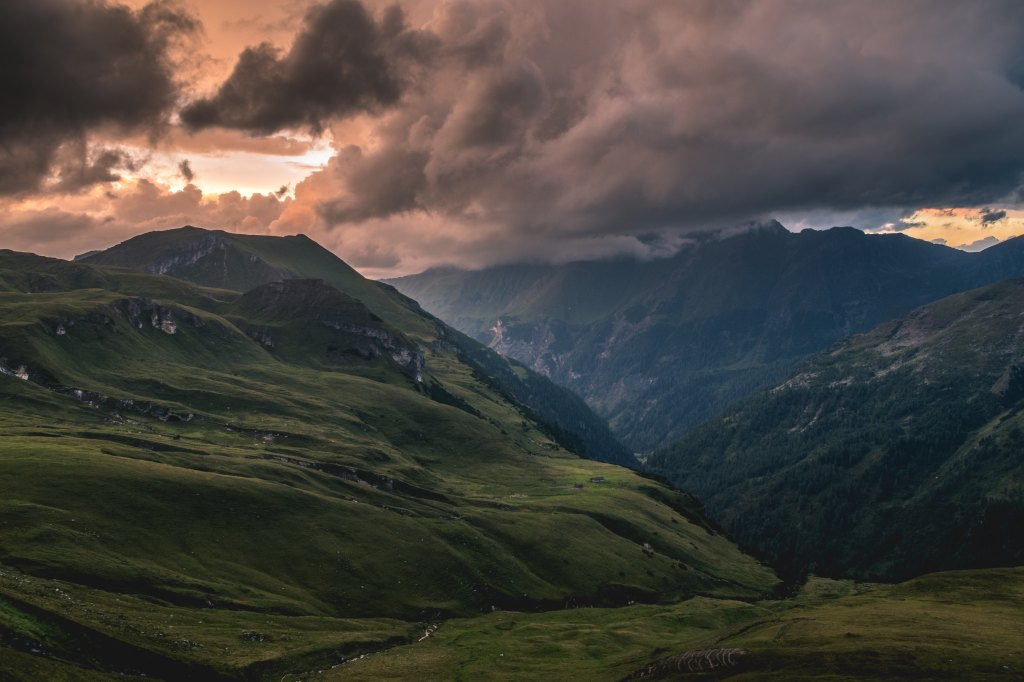
The Pantheon
Perun, the god of thunder, is one of the most powerful and best-known deities of the ancient Slavs. His parallels in Greek and Norse mythologies are Zeus and Odin, and he is also known as Perkunas, Peraun, Pjorum, and Peron in different parts of Europe. With the spread of Christianity, the worship of Perun was gradually transferred to St. Elijah (Russian Iliya), but his life-stimulating and purifying functions are still performed by his vehicles: the axe, the bull, the he-goat, the dove, and the cuckoo. Sacrifices and communal feasts on July 20 in honour of Perun or Iliya were conducted in Russia until modern times. In Slavic folklore, Perun is often associated with the imagery of the golden apples of destruction, dragons, falcons, and the tree of life or the World Tree. According to the Encyclopaedia Britannica, he is the ‘fructifier, purifier, and overseer of right and order’ and his ‘actions are perceived by the senses: seen in the thunderbolt, heard in the rattle of stones, the bellow of the bull, or the bleat of the he-goat (thunder), and felt in the touch of an axe blade’.
Who is Perun?
Perun is the son of Svarog, the god of heavens, and Lada, the goddess of love. He is among the deities at the very top of the Slavic pantheon. Legend says that he was created when a hammer struck Alatir, the mythological stone. He is the ruler of the world of the living, whereas his brother Veles is the ruler of the world of the dead. The two of them are in a constant strife and Veles often plays tricks on him, usually by stealing his cattle, to which Perun responds by throwing lightning bolts and causing thunder-storms. The battle between Veles and Perun is never-ending, hence it represents the battle – not between the good and evil, because the ancient Slavs did not perceive their deities as inherently good or evil – but the battle between the elements of fire and the skies (Perun) and water and the earth (Veles).
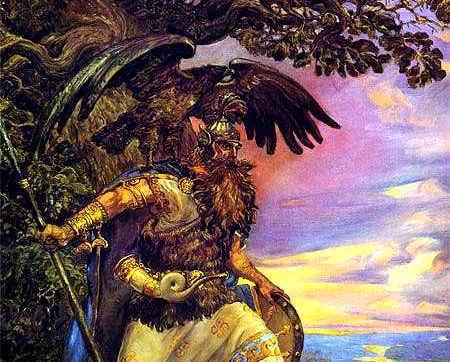
What does Perun look like?
Perun was presented as a mature man with a long, copper-coloured beard, with either a flaming stone, an arrow, a lightning bolt, a powerful hammer or an axe in his hands, sometimes wrapped in the storm cloak. He rode in a carriage pulled by a he-goat and he used his axe and hammer to fight against the forces of evil. Whenever he threw his axe, it would always return to his hand. He used to punish all perjurers and evil people. In battle, he would often use golden apples that represented the talisman of total destruction and that had the power to destroy evil spirits.
He, and his wife Dodola, were often invoked in the times of drought to bring rain. There are existing records of rituals performed even during the 20th century in certain villages in Bulgaria and Macedonia, where Perun was invoked and coaxed into sending rain and protecting the crops from drought. There is a custom in some parts of Serbia that says that it is bad luck to cross oneself during a thunder storm lest it causes the lightning to strike.
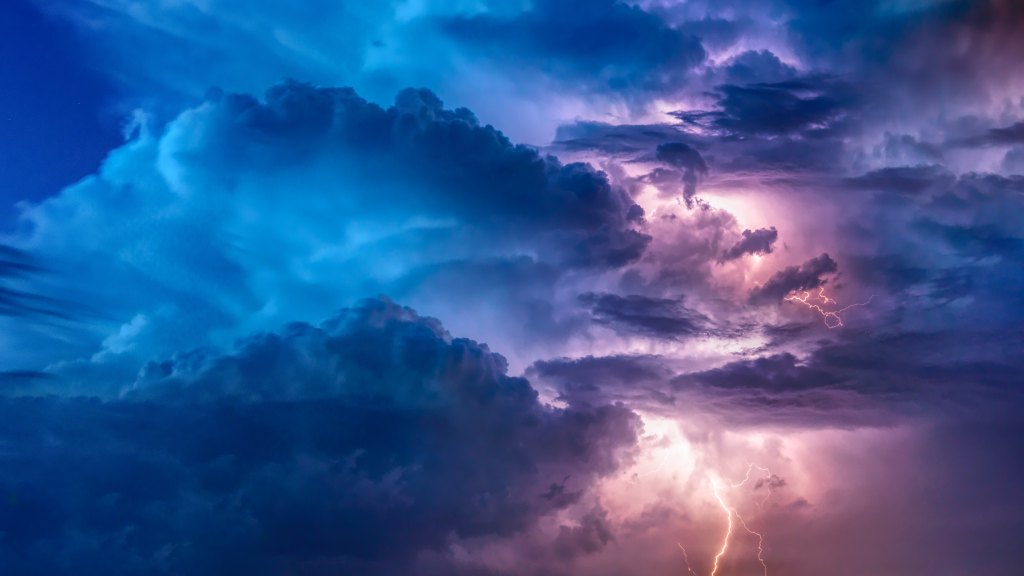
Temples
Perun is associated with fire and with fire animals and creatures such as the firebird and the dragons. Therefore, rituals honouring Perun were related to fire. In the temples, next to his idol, burned an eternal flame which could not be allowed to get extinguished, otherwise the temple servants would be doomed. A similar custom existed in ancient Greece in the temple of Hestia and in Rome in the temple of Vesta. The remnants of the ancient temple of Perun were found underneath a medieval convent of Perin in Novgorod. The temple consisted of a circular platform in the centre of which stood a statue surrounded by a pit with eight apsides, which contained some sort of sacrificial altars. It is often claimed that Perun was the only deity in Slavic pantheon to whom sacrifices were offered, most often in cattle.
Perun dwelled at the top of the World Tree (the oak) and sometimes he was depicted as an eagle perching at the highest branch of the gigantic oak and observing the world below him. Ancient Slavs believed that their weapons came from Perun and that his blessing on their weapons would give them strength to fight their enemies. They also believed that the thunder and lightning were created when Perun was angry or in a battle against someone, usually Veles. In the places hit by the lightning bolt, an iris (perunika) would grow.
© 2019 Erna Grcic
Sources:
https://szpress.me/bogovi-starih-slovena-perun-gromovnik/
https://www.britannica.com/topic/Perun
https://www.slavorum.org/perun-slavic-god-of-thunder/
http://www.starisloveni.com/Perun.html



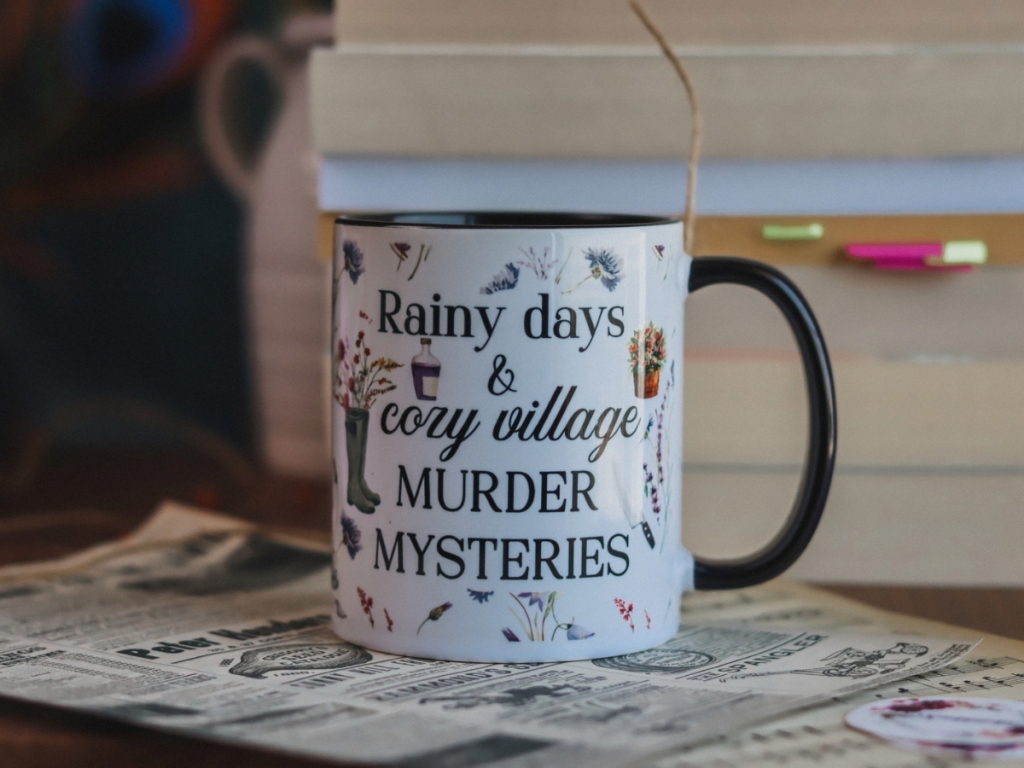

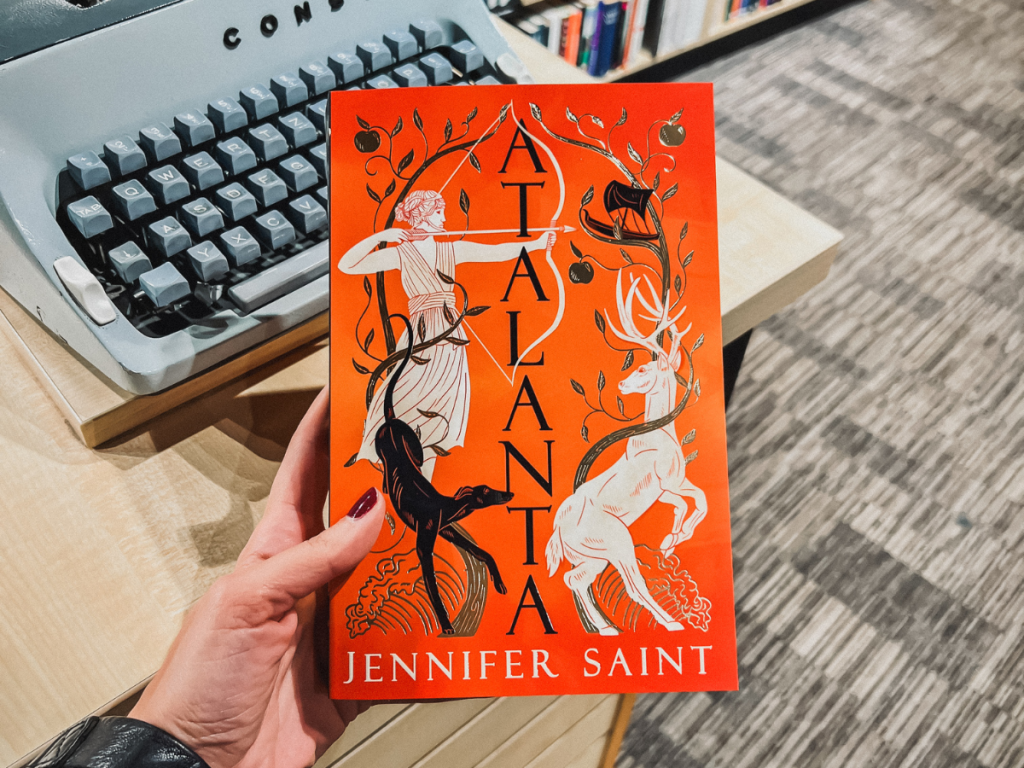







Leave a comment